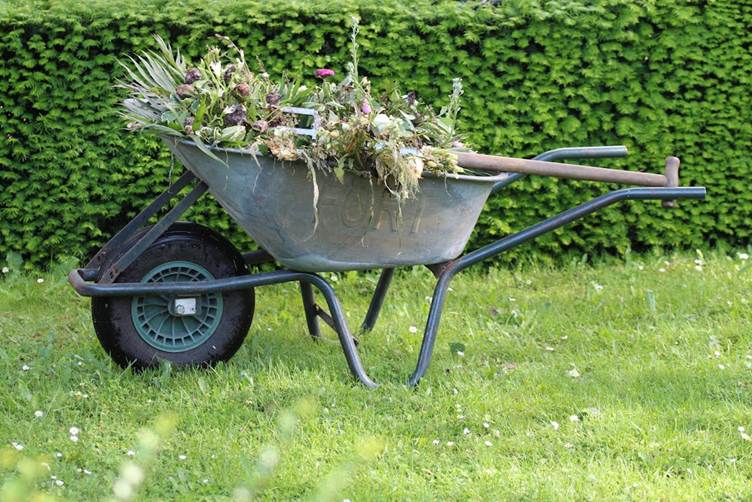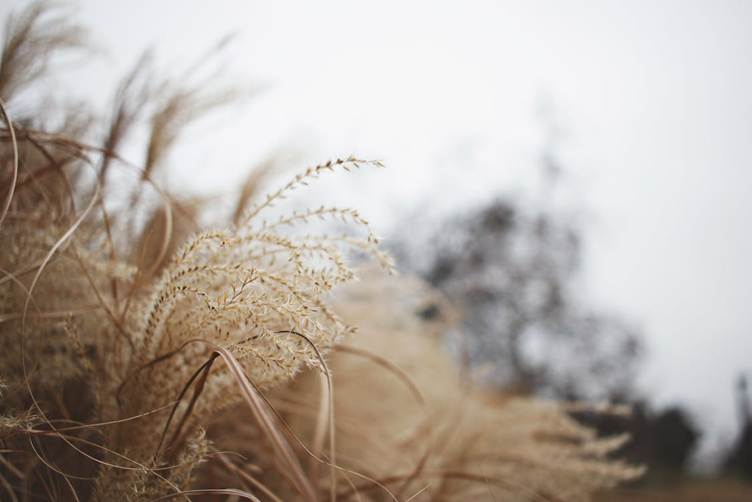Gardens provide a quiet refuge and a place to connect with nature. They showcase local plants, attract wildlife, and offer a peaceful retreat from daily pressures. Yet, this delicate balance can be disrupted when invasive species take hold. These plants grow aggressively, outcompeting native vegetation, consuming resources, and altering the natural ecosystem. Gardeners often face the challenge of protecting the original character of their gardens while combating these unwelcome intruders. By understanding invasive species and adopting practical strategies, it is possible to maintain the beauty and health of a garden while supporting local biodiversity.

Understanding Invasive Species in Your Garden
Invasive species are organisms that establish themselves outside their native range and spread rapidly, often causing ecological or economic harm. They can arrive through human activity, such as trade, gardening, or transportation, and may outcompete native plants by monopolizing sunlight, water, and soil nutrients. Recognizing these species early is key to limiting their impact. Gardeners should look for fast-growing plants with aggressive root systems or those that produce large amounts of seeds. Invasive species can disrupt pollinator patterns, reduce habitat quality, and decrease the overall resilience of the garden ecosystem. A deep understanding of how these plants behave is the foundation for developing effective management strategies.
Identifying Problem Plants Early
Early detection can prevent invasive plants from establishing a stronghold in a garden. Regular monitoring and inspection of plants and soil can reveal signs of invasion before it becomes severe. Look for species that spread quickly across garden beds, climb over other plants, or produce an unusual volume of flowers and seeds. Local extension services or gardening clubs can provide guidance on which species are particularly problematic in a given region. Familiarizing yourself with the characteristics of both native and invasive species allows gardeners to make informed choices about which plants to encourage and which to remove.
Strategies for Physical Removal
Physical removal of invasive species is a hands-on approach that requires persistence and attention. Pulling weeds by hand, cutting back aggressive plants, and digging out root systems are traditional methods that remain effective when applied consistently. Removing invasive species before they flower and produce seeds can limit their spread significantly. It is crucial to dispose of removed plants carefully to prevent reestablishment, often by bagging or burning. For larger infestations, specialized equipment may be needed, but the principle remains the same: interrupt the growth cycle of the invasive species to allow native plants to thrive.
Weed Control Experts and Professional Assistance
Many gardeners find success in combining personal efforts with professional help. Experts in weed management have extensive knowledge of local ecosystems, plant behavior, and effective removal techniques. Consulting professionals like those at https://nazweedcontrol.com/ can provide tailored solutions that reduce the likelihood of invasive species returning. They can identify problem plants, develop a treatment plan, and execute removal strategies that minimize harm to native flora. Partnering with knowledgeable professionals ensures a strategic approach and reduces the time, effort, and frustration often associated with managing persistent invasive plants.
Preventing Reintroduction of Invasive Species
Preventing the return of invasive species is an ongoing commitment that begins with careful selection of plants for the garden. Opting for native species or non-invasive alternatives reduces the risk of future invasions. Gardeners should monitor seed dispersal, compost practices, and soil movement to avoid introducing new invasive plants. Mulching, proper irrigation, and soil management can also help strengthen native plant growth, creating a more competitive environment for invasive species. By establishing strong, healthy plant communities, gardeners can create a self-reinforcing system where native plants naturally suppress potential invaders.
Natural Alternatives to Chemical Control

Chemical herbicides may be tempting as a quick fix, but reliance on them can harm beneficial insects, soil health, and surrounding plants. Exploring natural alternatives offers a sustainable way to manage invasive species while protecting the garden ecosystem. Techniques such as smothering weeds with organic mulch, using targeted heat treatments, or introducing selective grazing plants can reduce invasive populations without widespread chemical exposure. Companion planting strategies can also suppress unwanted plants by shading soil and competing for nutrients. These methods require patience and consistent application but promote long-term resilience and reduce reliance on synthetic chemicals.
Encouraging Long-Term Garden Health
Maintaining a healthy garden is a continuous process that balances plant growth, soil quality, and ecological integrity. Incorporating diverse native plants helps create a more stable environment, discouraging invasive species from taking root. Regular monitoring, combined with strategic removal and preventive measures, supports the ongoing vitality of the garden. Engaging with local gardening communities and educational resources provides additional knowledge about plant care, pest management, and ecological stewardship. By committing to consistent attention and mindful gardening practices, it is possible to preserve the natural beauty of outdoor spaces while minimizing the disruption caused by invasive species.
Gardens are more than decorative spaces; they are living ecosystems that reflect the balance between human care and natural processes. Invasive species present a real challenge, but with awareness, consistent effort, and informed strategies, gardeners can manage their impact. The satisfaction of seeing a garden flourish with native species is a testament to the dedication and attention given to careful stewardship.









